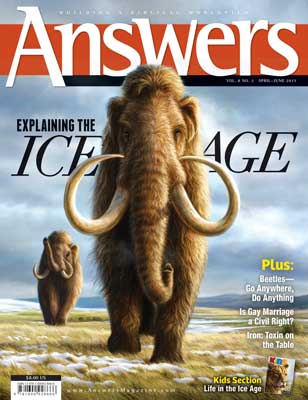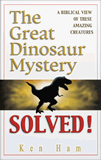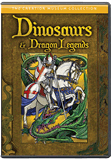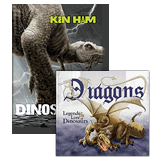Prey Before Eating
Perspective
The largest-known open-ocean crocodile was more than 20 feet (6 m) long and had a head the size of T. rex.* Larger than modern saltwater crocodiles and even great white sharks, Plesiosuchus had flippers and a fish-like tail for swimming in the open ocean. Plesiosuchus probably attacked and ate fairly large prey: its teeth were large, with serrations like steak knives, and most tooth specimens found were generally free from wear.
But the unusually wide skull and oft-broken teeth of Dakosaurus, a smaller marine crocodile found in the same rock units, point to a different way of catching prey. When Dakosaurus opened its mouth quickly, it created a strong suction force that could pull in fish and other animals.**
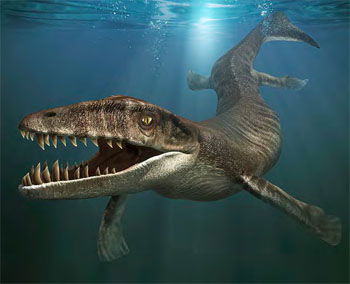
Jon Hughes and Russell Gooday | DKImages.com
When Dakosaurus opened its mouth quickly, it was able to create a strong suction force that could pull in fish and other animals.
The researchers who described Plesiosuchus and Dakosaurus thought it was strange that two large swimming crocodiles would share the same patch of ocean without a fight. But they found a similar situation with today’s killer whales. It turns out that the smaller killer whales are often suction-feeders, and their mouths are filled with cracked and broken teeth. Larger-bodied populations, though, attack sharks and other whales, and show less tooth damage. Perhaps Plesiosuchus and Dakosaurus managed the same kind of specializations in prey items. If so, they could live in the same place, but not compete with each other for food.
These two extinct crocodiles were likely part of the same created kind (but a different kind than living crocodiles), so their different physical forms and modes of life were part of their created designs to “Be fruitful and multiply, and fill the waters in the seas” (Genesis 1:22).
We can only guess about the appearance of the teeth and jaws of the original created crocodile kinds. After all, created as vegetarian creatures, they did not eat other creatures in the beginning. Eventual variations of crocodiles, which maximized their hunting ability in a fallen world, did not involve evolution, just variation within a created kind.
* Jennifer Viegas, “Giant Crocodile Was 22 Feet Long—And Ripped Its Prey to Death,” September 28, 2012, http://www.msnbc.msn.com/id/49214934/ns/technology_and_sciencescience/.
** Mark T. Young, Stephen L. Brusatte, Marco Brandalise de Andrade, Julia B. Desojo, Brian L. Beatty, Lorna Steel, Marta S. Fernández, Manabu Sakamoto, Jose Ignacio Ruiz-Omeñaca, and Rainer R. Schoch, “The Cranial Osteology and Feeding Ecology of the Metriorhynchid Crocodylomorph Genera Dakosaurus and Plesiosuchus from the Late Jurassic of Europe,” September 18, 2012, http://www.plosone.org/article/info%3Adoi%2F10.1371%2Fjournal.pone.0044985.
Answers Magazine
April – June 2013
What unique conditions were required to start the Ice Age, and where does it fit in Bible times? Why did Ice Age animals grow so big, and what happened to them? Also, can you explain why God made more species of beetles than any other animal? Can you prove that Genesis 1–3 is not a Near Eastern myth? Read the answers to these questions and many, many more in this issue!
Browse Issue SubscribeRecommended Resources

Answers in Genesis is an apologetics ministry, dedicated to helping Christians defend their faith and proclaim the good news of Jesus Christ.
- Customer Service 800.778.3390
- © 2024 Answers in Genesis



